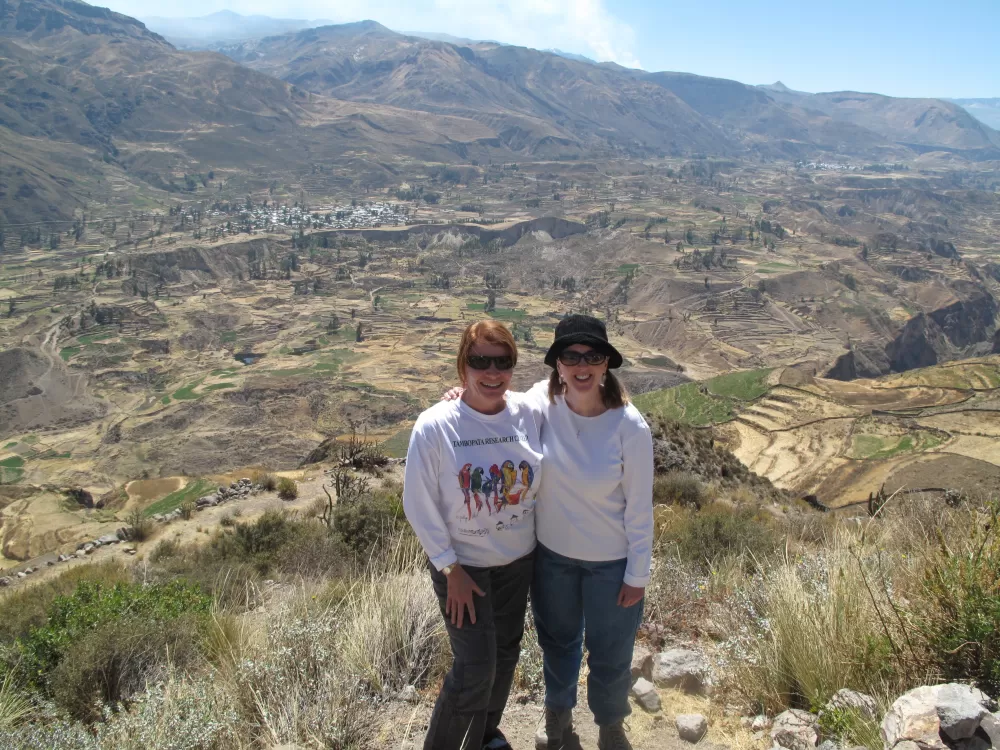Peru Part Deux!

A journey back to an incredible country...this time featuring condors, flamingos, and pink dolphins!
All Photos
Photo Album
We arrive!
Sep 21, 2012

- We arrive!
- Arequipa, the White City
- Patapampa and the Colca Valley
- Condors, Condors, and More Condors!
- Flamingos, Manco Capac, and Santiago!
- Papi Shows us Amantani Island
- Amantani, Taquile, and a Surprise Wedding
- Pisco Sours and Beef Hearts
- Setting Sail on the Amazon!
- Snakes, Shooting Stars, and Champagne
- A New Amiga
- The Amazon, Manatees, and Good-bye
- Home




















